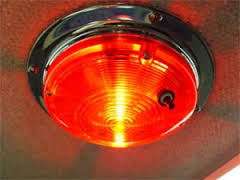
When will the counter-contrarian Pascometer ever fail us? Today it burns bright red on more rate cuts:
The Reserve Bank aviary appears to house neither monetary hawks or doves – just penguins sitting pat despite today’s weak retail sales, focusing instead on the present low interest rates doing their stuff in the housing market and the world holding steady.
Meanwhile, the pet shop galahs will find it hard to justify their call that the RBA still has an easing bias. Barring a further external shock and the uncertainty over the direction of fiscal policy, this is looking rather like the bottom of the interest rate cycle.
The RBA remains willing and able to cut rates if the economy requires it, but there’s no hint that it has its finger on the trigger. Instead, there’s a promise that the falls in interest rates over recent months will add to the support of “interest-sensitive spending and asset values” from the easing of monetary policy since late 2011.
In other words, the housing industry is still on the way up.
The RBA would still like the Australian dollar to be lower and lives in hope that it will “depreciate further over time”, but it’s not of a mind to cut rates to further encourage the depreciation.
The RBA has quite obviously not wanted to cut rates for the past year. They know the risks of an asset market blowoff. They have been forced to do it by a weakening economy, which is virtually in recession as we speak (perhaps excepting exports). With the mining capex cliff barely begun, and a still far too high dollar to effect stimulus, the only way we are going to see a bottom in the rates cycle is if the new government spends big or the RBA wakes up to macroprudential policy.

